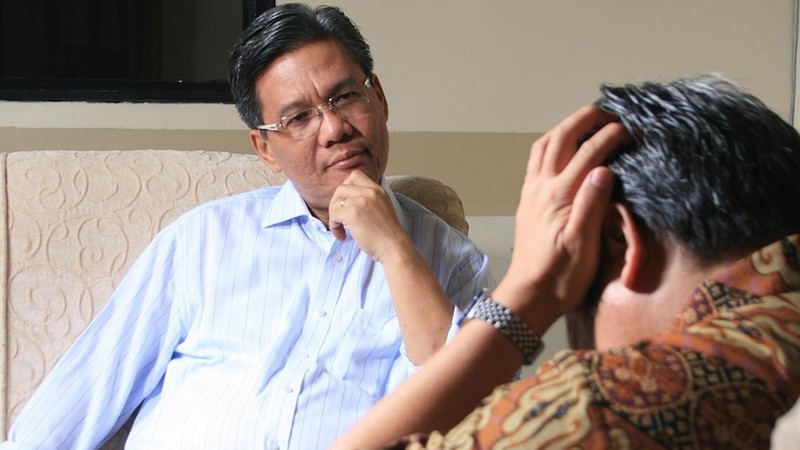Civil liberties groups challenged the new system at the state’s highest court, to no avail.

Clinicians will have two weeks to decide whether a mentally ill person qualifies for the CARE Court system. Tiyo Prasetyo / Pixabay Pixabay License
Editor's note, March 19: With the fate of Prop 1 in limbo, the CARE Courts are again in the news. Here's how we got here. This article was first written in May, 2023, and has been updated.
A new system for getting Californians with severe mental illnesses into treatment rolled out in October, 2023. In September of the previous year, Gov. Gavin Newsom signed the Community Assistance Recovery and Empowerment, or CARE, Act into law, mandating that counties create a new branch of their court systems, known appropriately enough as CARE Courts, specifically for mental health cases.
About one year and one lawsuit later, the law went into effect in what was essentially a seven-county beta test. The initial counties received $26 million of the $57 million startup funding for the CARE Court system, and the the state hopes that they can identify and solve any initial snags and snafus in the system, making it smoother and less costly for the remaining 51 counties to put the system in place when the time comes.
The initial seven counties were Stanislaus, Tuolumne, Glenn, San Diego, Orange, Riverside and San Francisco. The state’s largest county, Los Angeles, is scheduled to join in on Dec. 1, opening its new CARE Court on that date. All remaining counties are required to put the system in place by October 1, 2024, or face fines from the state.
The CARE Court system gives specific categories of individuals—such as family members, mental health and social workers, police and first responders—the ability to file petitions with the court to essentially force a mentally ill person into the system. A candidate must be at least 18 years old and suffering from schizophrenia or another similar form of clinical psychosis, that is, a mental illness that causes a psychological break from reality.
According to the National Institute of Mental Health, in an episode of psychosis “a person’s thoughts and perceptions are disrupted and they may have difficulty recognizing what is real and what is not.”
State Supreme Court Refuses to Halt CARE Courts
Once a petition is filed, a clinician will have 14 days to determine whether the person who is the subject of the petition—and who will be represented by a lawyer—does, in fact, qualify for compulsory treatment overseen by the CARE Court.
But civil libertarians such as the advocacy group Disability Rights California said that the proposed system strips people with mental health issues of their rights, and is “based on stigma and stereotypes of people living with mental health disabilities and experiencing homelessness.”
The group, along with the Western Center on Law and Poverty and the Public Interest Law Project, in January filed a lawsuit directly to the state Supreme Court seeking to block implementation of the CARE Court system.
“The proposed solution is court orders that rob unhoused Californians of their autonomy to choose their own mental health treatment and housing and threatens their liberty,” the groups stated in their lawsuit. “This ‘solution’ will not work and will deprive thousands of people of their constitutional rights.”
But the high court in April refused to hear the lawsuit, without any further comment. Because the lawsuit was filed directly to the Supreme Court, opponents of the CARE Court law can still file lawsuits against it in lower courts. But the fact the state’s highest court has already declined to hear it will likely make getting a sympathetic hearing in lower courts more difficult.